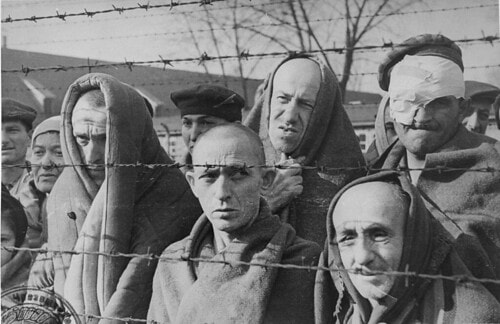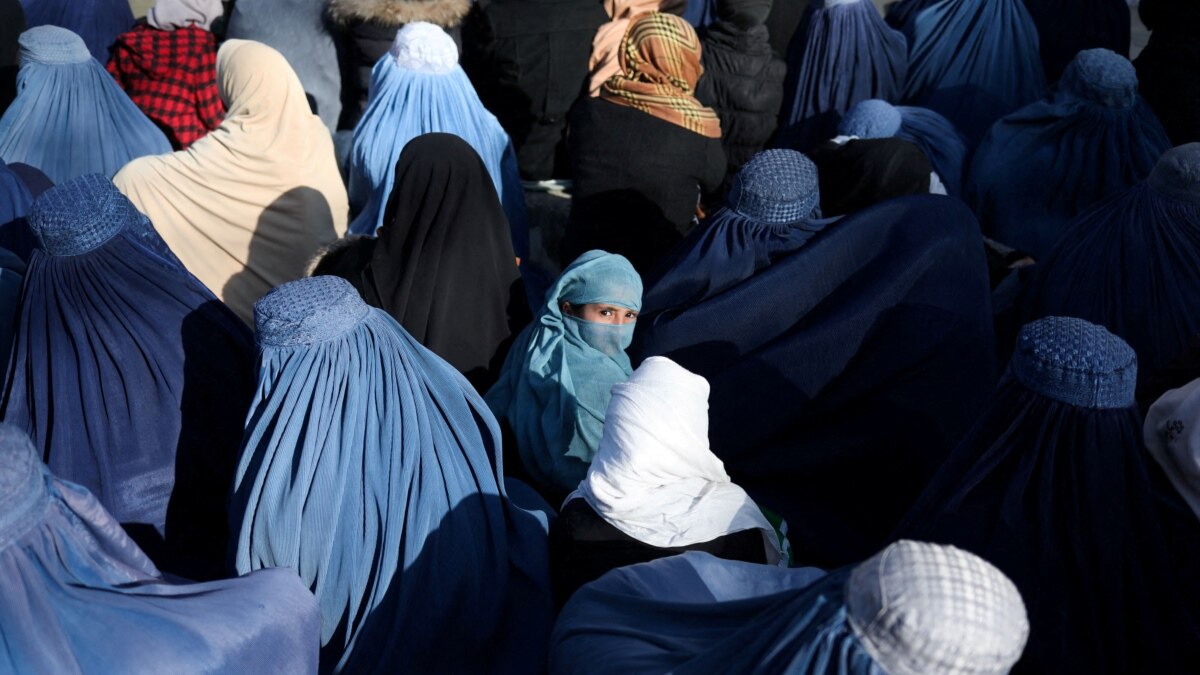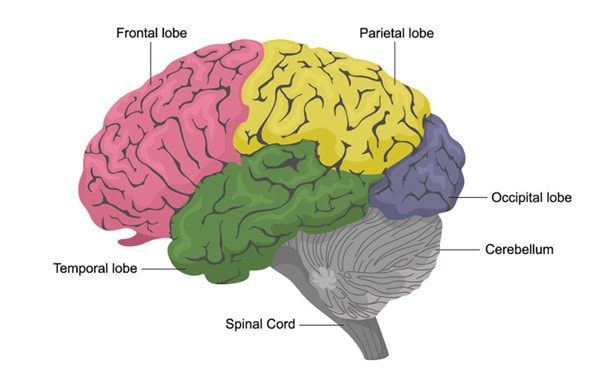In 1933, Germany struggled to recover from the first world war defeat. The country suffered from a difficult economic situation because of the Versaille treaty proclaimed in 1919, judging the German action during the World War. In this context of poverty, a small, dark and anti-semite man and creator of the nazis party : Hitler, promised to make Germany strong again and became chancellor.
His politics based on autocracy, anti semitism and terror, drove him to put his political opponents in work camps like Dachau – the very first concentration camp – and in this way, reach power. With propaganda, he enrolled German people in his ideas and became the only saviour. In 1935, the Nuremberg's laws prohibiting Jewish rights were put in place in Germany and this is how the darkest hour of our world history started.
In 1939, Germany invaded Poland and signed the beginning of World War II. The fights raged and the Nazis were stronger than ever. Hitler continued his anti-semite and xenophobe politics, obligating Jewish people to wear a yellow star in order to recognize them and in order to discriminate against them, not only in Germany but also in France, Romania, Poland and several other countries occupied by the Nazis.
In 1942, he asked governments for the massive arrest of Jewish people in Europe. Children, old and young people from all Europe are put in trains in the direction of concentration and extermination camps in Poland, Auschwitz- Birkenau and Treblinka.
Some of them will be gazed in the gaze chamber at their arrival, the others will be forced to work by suffering from malnutrition. Bad treatment, blows, their lives hung by a thread in these camps.
The 6th of June 1944, the Allied force landed in France and on the 27th January 1945, Auschwitz was finally released by the Soviets.
Thousands of dead bodies lie on the floor or in the common grave. It’s a complete disaster, a horror scene, they are completely distraught faced with the mountains of hair, clothes, bones belonging to those dead people. The survivors are bones, lost and marked forever by what they lived in this camp.
On the 27th of January 2005, the United Nation created the International Remembrance Day of the Holocaust in order for the entire world to never forget what happened, to condemn hate, violence, racism and anti-semistism. In total, 6 millions of Jewish people died during the Holocaust, this genocide marked our world history forever and reminds us to condamn all forms of discriminations.
“To forget a holocaust is to kill twice” - Ellie Wiesel
#WeRemember



